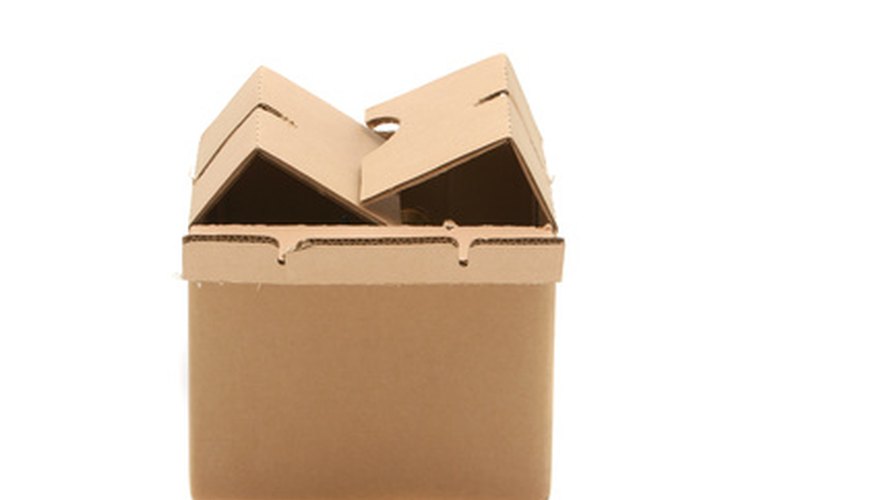Corrugated cardboard is a very common material found in boxes used for packing, storing and transporting goods. Corrugated cardboard is paper that contains a fluted piece of paper between two flat liner boards. This cardboard was designed to be denser and more durable than other packing products.
The Density of the Corrugated Cardboard Box
While it's difficult to get a precise density without knowing the type of corrugated cardboard involved, a range of density is 30-90 km/m3 for uncompacted (or cardboard not smashed or otherwise compacted) corrugated cardboard. This is the mass of the cardboard, divided by its volume.
Why Does the Density Vary?
There are several types of corrugated boxes that are in use today, which makes for different densities. There is single-face corrugated cardboard (one layer of flat board with one layer of fluting), double-face corrugated cardboard (a layer of flat board, a layer of fluting and another layer of flat board) and double-double-face (a flat layer of cardboard, fluted layer, flat layer of cardboard, another fluted layer and then another flat layer), to name a few. In addition, different heights of corrugation can be used within the box, along with higher- and lower-density paper, making it difficult to say what the density of corrugated cardboard is without knowing the specific type.
Corrugated Cardboard in Landfills
The density of corrugated cardboard is also determined for bunches of cardboard headed to the landfill. Much of the corrugated cardboard that is no longer in use winds up in landfills. Unbaled corrugated boxes have a density of 159 Kilogram per cubic yard. Baled corrugated cardboard has a density of 1,000 to 2,000 pounds per cubic yard. Unbaled corrugated cardboard is cardboard that is loose. Baled is combined in batches with other corrugated boxes.
- The density of corrugated cardboard is also determined for bunches of cardboard headed to the landfill.
- Unbaled corrugated cardboard is cardboard that is loose.
